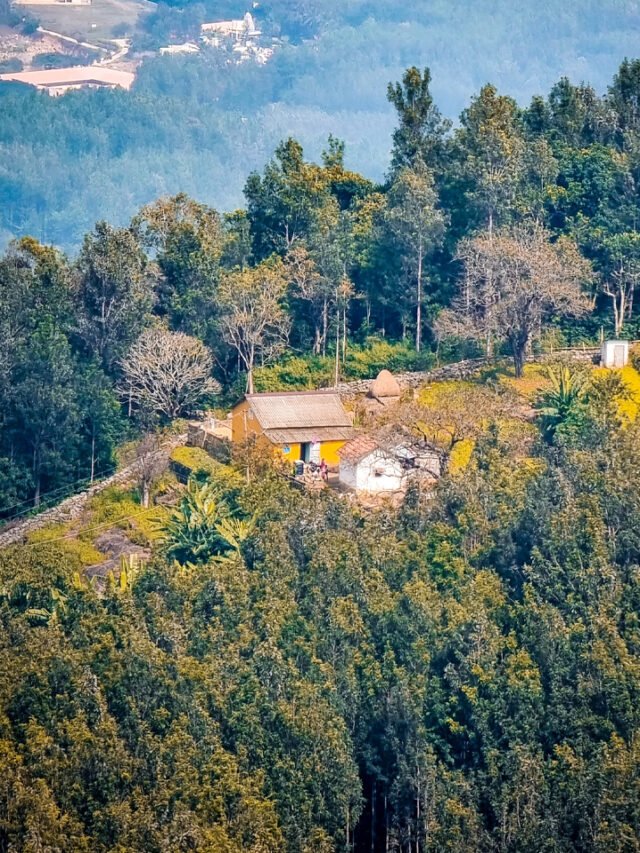KOLKATA, April 21 (PTI): Tea planters in Darjeeling are facing a double whammy with a prolonged dry spell along with relatively high temperatures in the hills of West Bengal resulting in a “crop shortage” in the ongoing first flush season, coupled with “soft demand” in view of geo-political tension arising out of the Russia-Ukraine war, stakeholders said.
Due to adverse weather conditions, wilting of tea leaves and pest attacks on bushes are also noticed, planters said.
Over a period of two decades, it is seen that there is a 22 per cent shortfall in annual rainfall in Darjeeling and the pattern of precipitation has become “erratic” in nature, Darjeeling Tea Association principal adviser Sandip Mukherjee said.
“We have noticed in the past few years that the season starts with a drought-like situation. This, maybe, is due to global warming and climate change. Tea estates in the hills have limited sources of water as the estates neither have groundwater facilities nor access to river water. Adequate and timely rainfall is crucial for the crop.
“The adverse weather conditions are resulting in depleting soil moisture. We have seen that the mercury level was hovering around 25 degrees Celsius this season, which is unprecedented. The first flush production is down by 20-25 per cent this season so far,” Mukherjee told PTI.
Productivity of garden workers has also been adversely impacted as they have been finding it difficult to accustom to heat conditions, he said.
Echoing him, Rajesh Kanoria, an IIT graduate and owner of Lopchu Tea Company Ltd, said after a prolonged drought-like situation, some rain was received in March, but there has been “no rain in our garden since April 2 and the current temperature is very high”.
“The loss of production is estimated to be in the range of 20-50 per cent in March across tea estates in the hills and the production has still not picked up in April, he said.
“This is worrisome for the Darjeeling tea industry as the production up to June, i.e. first and second flush tea, contributes around 70 per cent of the annual revenue of most gardens,” Kanoria, vice chairman of Darjeeling Tea Association, told PTI.
The rains in late March brought some respite but this has been followed by a very hot and dry spell in April which is again causing stress to bushes, Indian Tea Exporters’ Association chairman Anshuman Kanoria, who also owns Goomtee Tea Estate in Darjeeling, said.
“As banjhi (bud dormancy) has started setting in, crop prospects do not look good and April crop likely to be behind by 25 to 35 per cent. Darjeeling revenue depends primarily on the income from March to June, which accounts for 75 to 80 per cent of the annual revenue. Demand too has remained soft despite the shortage, largely on account of the Ukraine war and weak currency in some importing countries. The crop shortage coupled with increased costs and soft demand has further increased the challenge of survival on already struggling Darjeeling tea estates,” Kanoria told PTI.
The current temperature in Darjeeling is 3-4 degrees Celsius higher than normal and that has reduced atmospheric humidity which contributes to new shoot growth, Tea Research Association secretary and principal officer Joydeep Phukan said.
“Rains are crucial for the Darjeeling tea harvest. There were isolated rains on April 17 but only enough to moist the surface soil. On April 21 (Friday), there is a forecast for showers. Even if it happens, it’s unlikely to make up for the prolonged dry spell. We anticipate a 35-40 per cent drop in the first season (first and second flush) crop which is crucial for the whole year earnings of the Darjeeling tea industry,” Phukan told PTI.
First and second flush together accounts for around 40 per cent of the annual tea production in Darjeeling.
Tea production in Darjeeling is around seven million kg annually. Unlike other tea-growing regions, Darjeeling tea is produced in eight months as output is almost nil during winter.
“Even if rain comes now, it will be difficult to make up for the losses,” Phukan added.












